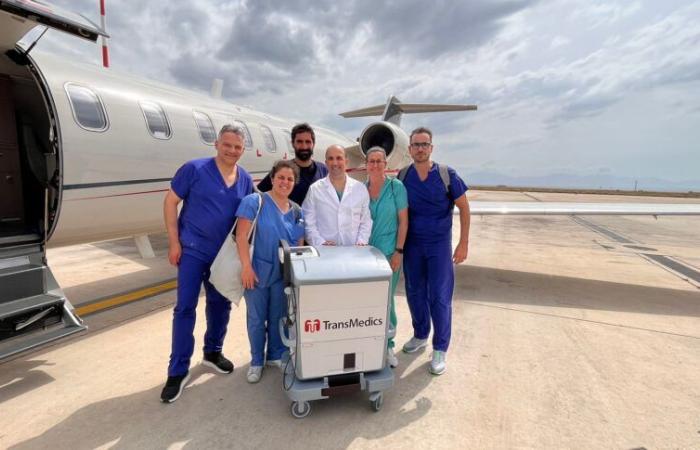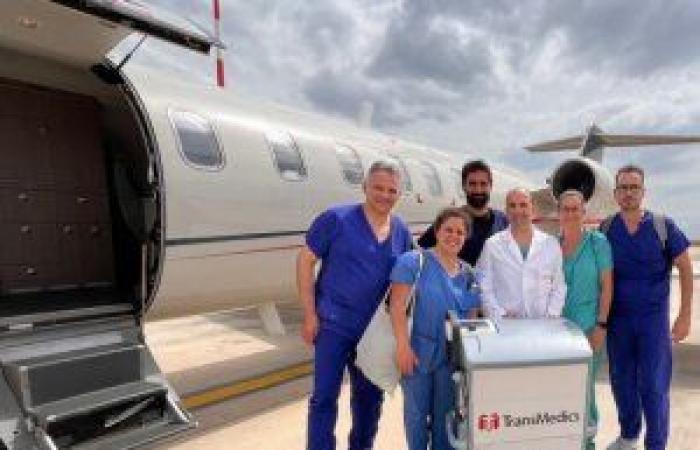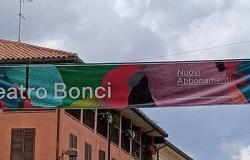In Sicily, a heart that was still beating was transplanted…
The first transplant was performed at Ismett using the “Heart in the box” technology. This is the first operation of this type performed in Southern Italy. The technology developed in the United States has been used so far in the best transplant centers in Europe and North America.
“The heart – explains Sergio Sciacca, head of the heart transplant program at Ismett – arrived at our center transported in a sort of sterile box, a device inside which the organ is perfused with the donor’s blood and continues to pulsate. With this technology, the time of ischemic suffering of the cardiac organ is reduced, because during transport the cardiac muscle continues to receive blood and oxygen for its metabolic functions. It is also possible to perform biochemical checks and acquire data that ensure the good functionality of the heart once transplanted”.
The harvest was performed by an Ismett team composed of cardiac surgeons (Sergio Sciacca and Matteo Greco), perfusionists (Andrea Giunta and Rosi Longo) and an operating room nurse (Giancarlo Cappello). The harvested organ was connected to the device and perfused during a long journey of about 6 hours, continuing to beat until it arrived in the operating room at Ismett. Here it was transplanted to a Sicilian patient who had been on the waiting list for two years.
Normally, the removed heart is stopped with a cold cardioplegic solution and transported non-beating, in thermal bags, at a temperature of 4 degrees, to be able to reach the site where it will be transplanted into the recipient. With this technique, the maximum conservation time of the heart, also called ischemia time, is approximately 4 hours; beyond this period of time, there is a high risk of inadequate recovery of the contractile function of the transplanted organ, due to the excessive ischemia phase suffered during transport. The “Heart in the box” technology, on the other hand, allows for the ischemia time to be almost completely eliminated, thus allowing the transplantation of organs removed even in places far from the Transplant Center.
Drastically reducing ischemia times is not, however, the only advantage provided by this type of technology. Thanks to this method, in fact, cardiac surgeons can monitor all the organ’s values, evaluate the health status of the heart in real time, intervene to modify the hemodynamic and metabolic parameters with the aim of improving the organ’s functionality, but also evaluate with more time available whether to forgo the transplant, if the donated heart is at high risk of dysfunction. “The recipient – concludes Sergio Sciacca – was a complex patient because he already had a left ventricular support (the so-called artificial heart) and therefore had a particularly delicate and complex intraoperative preparation. The patient is well, he is still hospitalized at Ismett, but the immediate feedback is of an excellent restart of cardiac function and a regular post-operative course”.







